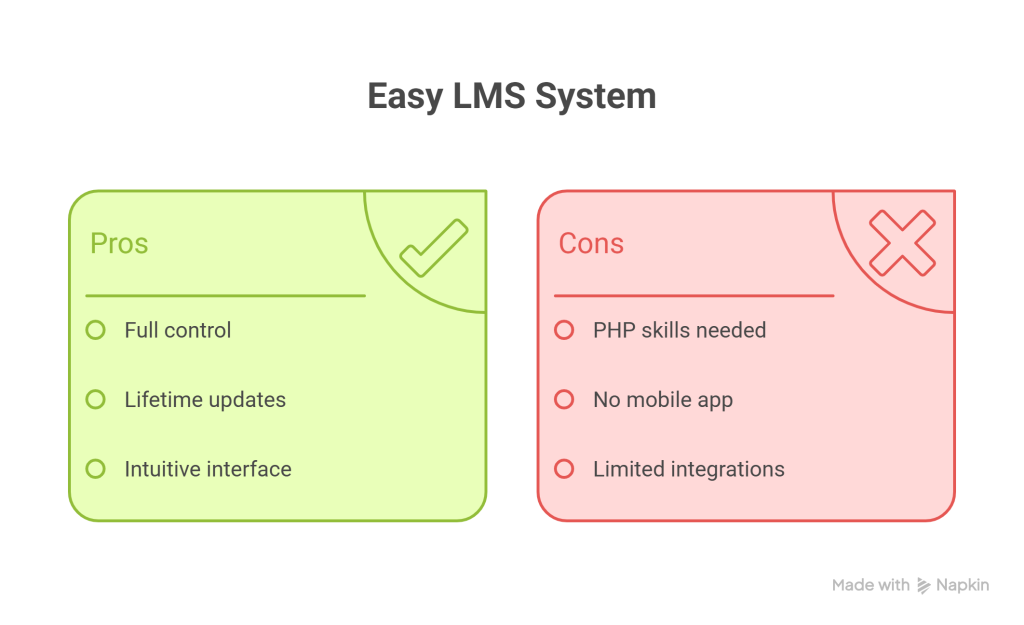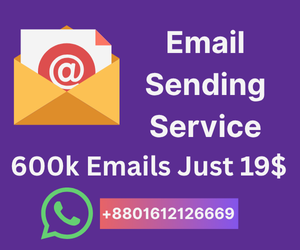Contents
Summary
Easy LMS Library Management System is a self-hosted PHP script that simplifies managing library books, members, and lending. Ideal for schools, universities, and public libraries seeking affordable and customizable software. 👉 Buy Easy LMS on CodeCanyon
What Is Easy LMS Library Management System?
Easy LMS Library Management System is a self-hosted PHP script designed to help libraries efficiently manage their book catalogs, member registrations, lending, and returns through a user-friendly web interface.
Who it’s for:
-
Public and academic libraries
-
Freelancers developing library solutions
-
SaaS founders creating library management tools
-
Developers needing a flexible library backend
👉 Check Easy LMS on CodeCanyon
Key Features of Easy LMS Library Management System
-
Manage book catalogs with categories and statuses
-
Member registration and management
-
Book issue, return, and overdue tracking
-
Fine calculation and management
-
Responsive dashboard with search and filter options
-
User role and permission management

Pros and Cons
| Pros | Cons |
|---|---|
| Self-hosted — full control over data | Requires PHP hosting and basic server management |
| One-time purchase with lifetime updates | Customization may require PHP skills |
| Specifically built for library management | No dedicated mobile app |
| Intuitive interface suitable for all library sizes | Limited third-party integrations |
Installation and Setup Guide
Installation steps:
-
Upload files to your web server
-
Create a MySQL database
-
Run the installation script via browser
-
Configure library details, users, and settings
Requirements:
-
PHP 7.4 or higher (PHP 8 recommended)
-
MySQL 5.7+ / MariaDB
-
Apache/Nginx with mod_rewrite enabled
Documentation:
👉 Easy LMS Documentation on CodeCanyon
Pricing and License Options
| License Type | Price* | Suitable For |
|---|---|---|
| Regular | $ — (check live) | Single library or private use |
| Extended | $ — (check live) | SaaS, resale, or multi-client commercial use |
*Prices may vary; check current pricing on CodeCanyon.
👉 Buy Easy LMS Library Management System on CodeCanyon: Click here
Final Verdict – Is It Worth Buying?
Easy LMS Library Management System is a reliable SaaS-ready PHP script that makes library management simple and affordable.
Strengths:
-
One-time payment saves recurring fees
-
Tailored features for library workflows
-
Flexible and self-hosted for data security
Best for: Libraries of all sizes, SaaS founders, and developers building custom solutions.
Not ideal for: Those seeking fully hosted services or mobile apps out of the box.
👉 Ready to manage your library better? Buy Easy LMS on CodeCanyon
FAQs
Q1: Can I manage multiple branches with Easy LMS?
Basic multi-branch support depends on customization.
Q2: Is there ongoing subscription?
No, just a one-time purchase with free updates.
Q3: Can I customize the script?
Yes, with PHP knowledge.
Q4: Is it easy to install?
Yes, with the step-by-step installer.
Q5: Does it support fine calculation?
Yes, overdue fines are supported.




1 thought on “Easy LMS Library Management System Review: Powerful PHP Script for Library Management”